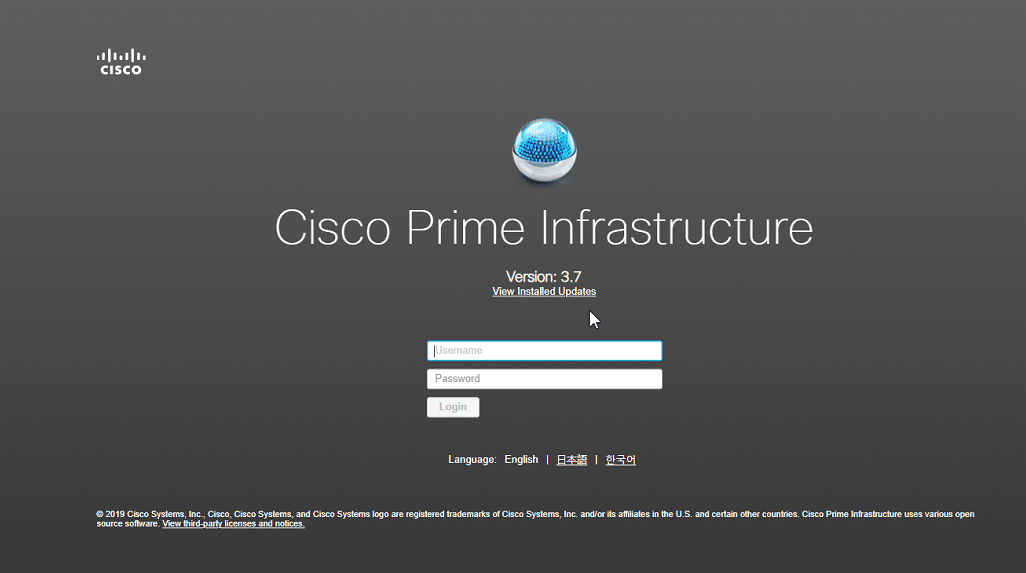
What is API?
APIs, or application programming interfaces, facilitate interaction and the transfer of information and resources between different software and web applications. APIs are used in many different sectors, from e-commerce to healthcare to finance to social media, as they allow programmers to easily create new software and integrate it with preexisting infrastructure.
Among the many available APIs, the REST (Representational State Transfer) API is particularly well-liked because it can be accessed and modified via standard HTTP requests. Being small in size and pliable in function, REST APIs are simple to update and expand to meet the needs of modern web applications.
Statelessness and a client-server architecture are hallmarks of REST APIs, which rely on HTTP status codes like 200 (for success) and 404 (for failure) to indicate whether or not a request was successful. REST APIs allow a wide range of data kinds, including text, pictures, and binary data, and they can deliver this data in a number of different formats, such as JSON and XML.
When you use a weather app on your phone, for instance, the app communicates with the weather service’s REST API to get the latest forecast and then displays it in an understandable way for you. Your location and other details are sent by the app to the API, which then responds with the relevant information.
When you book a flight online, for instance, the flight information and associated costs were likely retrieved and booked using an API provided by a flight booking system. The travel website sends a request to the API with information like the trip’s start and end points, the dates of the trip, and the total number of passengers.
It may be required to restore a system or database to its factory settings under certain circumstances. Site administrators can accomplish this with the use of a reset API, which allows them to erase all user data and start from scratch or revert user accounts to their former settings.
A website that provides online testing services, for instance, might provide its administrators with a reset API to revert the test database to its starting state after each test session.
APIs are growing in popularity as programmers search for more efficient means of constructing and releasing digital products and services and integrating them with preexisting systems. Because of their small size and adaptability, REST APIs have found widespread use in the development of APIs for web-based applications.
No matter how experienced you are as a developer, knowing the fundamentals of APIs and REST APIs is crucial to the successful implementation of interoperable systems, programs, and languages.


